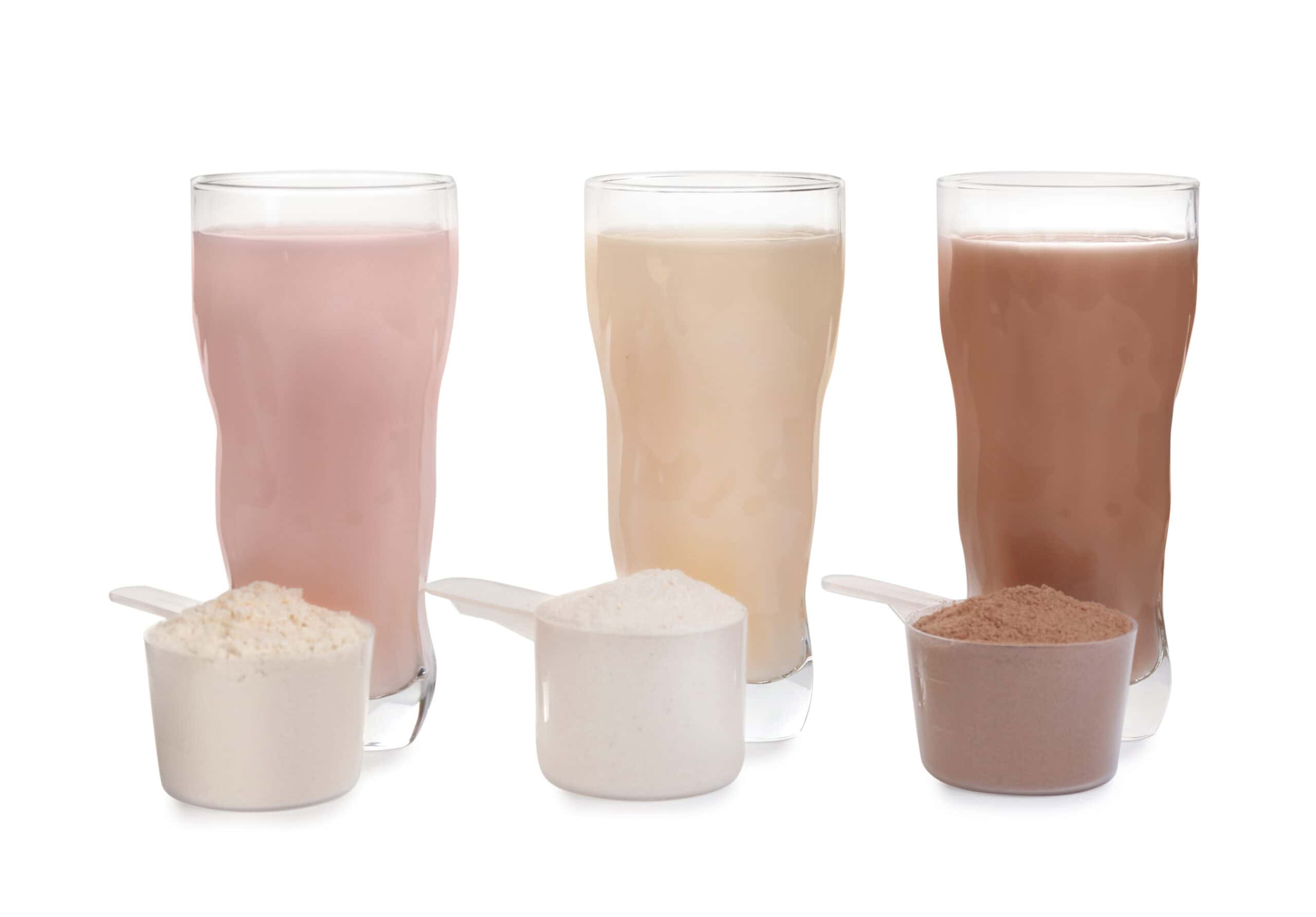Navigating digestive health challenges can be overwhelming. If you’re researching treatment options for conditions like Crohn’s disease, SIBO, or other digestive disorders, you’ve likely encountered the term “elemental diet.” But what exactly is it, and what are the different types available? This post breaks down everything you need to know about elemental diets in clear, straightforward terms.
What Is an Elemental Diet?
An elemental diet is a specialized nutritional formula designed to provide complete nutrition in a form that requires minimal digestion. These formulas contain nutrients broken down to varying degrees, making them easier for your digestive system to absorb while giving your gut a chance to rest and heal.
Understanding Proteins, Peptides, and Amino Acids
The key distinction between elemental diet types lies in how broken down the protein components are:
- Proteins: These are large, complex molecules made up of hundreds or thousands of amino acids linked together in specific sequences. Proteins require significant digestive effort to break down. Found in partially elemental diets (like those containing whole whey protein), proteins must be broken down by your digestive enzymes before absorption.
- Peptides: These are shorter chains of amino acids (typically 2-50 amino acids linked together). Think of them as partially pre-digested proteins. Your body still needs to break them down further, but the process requires less digestive effort than whole proteins. Semi-elemental diet formulas contain these partially hydrolyzed proteins.
- Amino Acids: These are the most basic building blocks of protein—individual molecules that your body can immediately absorb without further breakdown. Fully elemental diets contain these free-form amino acids, which bypass digestive processes entirely, making them ideal for severely compromised digestive systems.
The progression from proteins to peptides to amino acids represents increasing levels of pre-digestion in the formula and decreasing demands on your digestive system.
The Three Main Types of Elemental Diets
Elemental diets can be categorized into three main types based on how broken down the nutrients are:
1. Fully Elemental Diet
- Protein source: Contains free-form amino acids (the most basic building blocks of protein)
- Carbohydrate source: Simple sugars like glucose, fructose, or dextrose, and sometimes glucose polymers like maltodextrin
- Fat content: Typically very low in fat
- Taste profile: Often described as unpalatable or having a medicinal taste (some users compare it to “sewage water” due to sulfur-containing amino acids)
- Administration: Sometimes given through a feeding tube due to taste issues
- Digestive effort: Requires virtually no digestion, making it ideal for severe digestive conditions
2. Semi-Elemental Diet
- Protein source: Contains partially hydrolyzed proteins (broken down into peptides – short chains of amino acids)
- Carbohydrate source: Mix of simple sugars and some longer-chain carbohydrates
- Fat content: Usually contains easily absorbed fats like medium-chain triglycerides (MCTs)
- Taste profile: Generally better tasting than fully elemental formulas
- Digestive effort: Requires minimal digestion but slightly more than fully elemental formulas
- Usage: Many modern clinical elemental formulas are technically semi-elemental
3. Partially Elemental Diet
- Protein source: May contain whole proteins like whey protein rather than hydrolyzed proteins
- Taste profile: Usually more palatable than the other types
- Cost: Typically less expensive than fully or semi-elemental options
- Application: Sometimes refers to using elemental formulas as partial meal replacements (combining formula intake with some regular food)
Who Might Benefit from an Elemental Diet?
Elemental diets are often recommended for people with:
- Inflammatory bowel diseases (IBD) like Crohn’s disease
- Small intestinal bacterial overgrowth (SIBO)
- Eosinophilic esophagitis
- Severe food allergies or sensitivities
- Malabsorption issues
- During recovery from certain surgeries or treatments
Important Considerations Before Starting
- Medical supervision: Always start an elemental diet under the guidance of a healthcare provider
- Nutritional completeness: Ensure the formula you choose provides complete nutrition
- Duration: Most therapeutic protocols range from 2-4 weeks
- Reintroduction: A careful food reintroduction plan is essential after completing the diet
- Palatability: Consider flavor options and whether you’ll be able to tolerate the taste
- Cost: These specialized formulas can be expensive and may not be covered by insurance
Making Your Choice
When deciding which type of elemental diet might be right for you:
- More severe digestive issues may require a fully elemental formula
- If taste is a significant concern, semi-elemental or partially elemental options might be more tolerable
- Your healthcare provider can help determine which form is most appropriate for your specific condition
Remember that while elemental diets can be effective therapeutic tools, they’re not long-term nutrition solutions for most people. They’re typically used as short-term interventions to allow the digestive system to heal before transitioning back to a more conventional diet.






